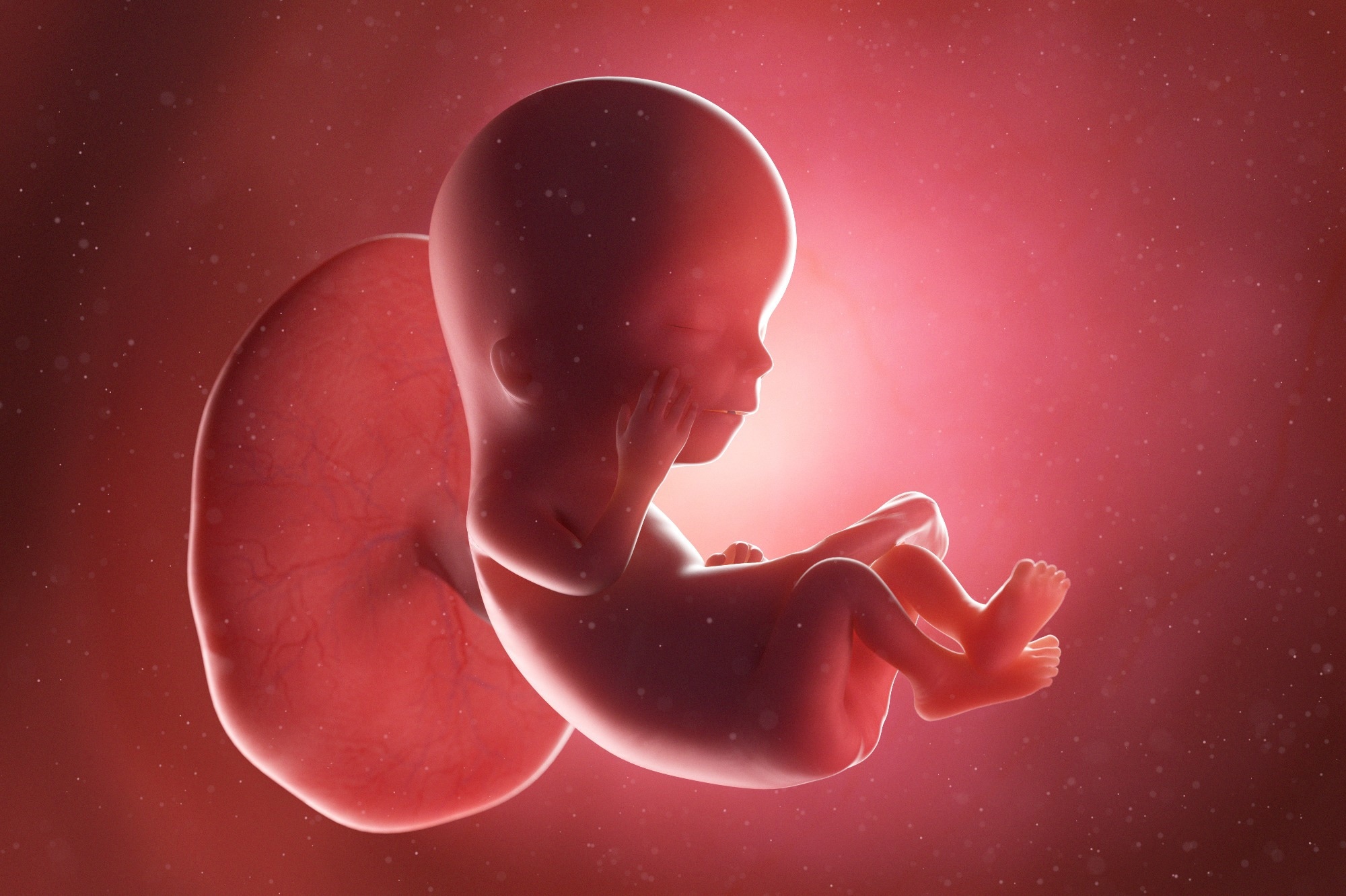About one million pregnancies in the United States end in miscarriage each year. Additionally, about 20,000 end at or after 20 weeks of pregnancy in stillbirth, with about 50% of these cases unexplained.
 Study: Placental pathology findings in unexplained pregnancy losses. Image Credit: SciePro / Shutterstock.com
Study: Placental pathology findings in unexplained pregnancy losses. Image Credit: SciePro / Shutterstock.com
Introduction
About 10-25% of pregnancies between five and 20 weeks of gestation result in miscarriage. The prevalence of unexplained pregnancy loss (EPL) remains unknown, with some studies reporting 10% and others reporting up to 50%. The U.S. Centers for Disease Control and Prevention (CDC) also identifies the most common cause of fetal death as unspecified.
Placental disease is often observed in failed pregnancies and may be due to preventable causes in up to 67% of cases. However, these cases do not include dysmorphic chorionic villi (DCVs) as a placental abnormality.
DCVs include trophoblast inclusions (TIs) and invaginations. DCVs are markers of genetic abnormality but have not been included in previous classifications despite TIs being found in multiple genetic abnormalities and rarely observed in normal placental tissue.
What did the study show?
The current study was based on over 1,200 EPLs from 922 patients recorded in a tertiary clinical database. All EPLs were lost between six and 43 weeks of pregnancy. Over 900 of these were miscarriages, whereas the remaining EPLs were stillbirths occurring before delivery.
About 45% of miscarriages occurred in the first trimester, whereas 35% and 20% occurred in the second and third trimesters, respectively.
The placental tissue from each case was examined to identify any abnormality. About 92% of these tissues were diagnosed with a disease process, which included almost 90% of miscarriages and almost all stillbirths.
The most prevalent disease process observed in the unexplained miscarriages was DCVs at 86%. Among unexplained stillbirths, the most common pathology was a small placenta, observed in 33% of cases.
Other causes of fetal loss included cord accidents, infection, rejection by the maternal immune system, abruption of the placenta, fetomaternal hemorrhage, and maternal intervillous thrombosis.
About 85% of small placentas were at or below the 1st percentile. In 63% of stillbirths with small placentas, DCVs were also present.
Among unexplained stillbirths, one in six had large placentas, 46% of which also had DCVs. DCVs were observed in 31% of unexplained stillbirths and 15% of cord accidents. TIs occurred in about 75% of DCVs, whereas invaginations were reported in 25% of DCVs.
Early trimester losses were more commonly associated with thrombotic villi and DCVs at a median of nine and 13 weeks, respectively. Other abnormalities were primarily observed at 33 weeks onwards. Third-trimester EPLs had the most diverse causes compared to those in the other two trimesters.
Over 230 patients had more than one loss, with up to six losses reported for some patients. About 83% of these patients exhibited the same pathology in two or more of their losses, about 95% of which were DCVs.
What are the implications?
Placental pathology was diagnosed as the possible underlying mechanism for 99% of EPLs. After incorporating two expanded placental pathology categories, almost all EPLs were successfully diagnosed. This is clinically significant, as placental histopathology is already integrated into the stillbirth protocol.
Without these categories, many pregnancy losses remained unexplained and, as a result, potentially unpreventable. Moreover, identifying placental pathology as a primary cause for pregnancy loss shows that these events follow a U-shaped curve, with the 20-week marker considered artificial rather than objective. In fact, most placenta-related losses occur at ten weeks, followed by 39 weeks.
While early losses are often associated with DCVs, later losses are primarily linked to small placentas and, to a lesser extent, cord accidents. All small placentas do not indicate the pregnancy will be lost; however, the probability of stillbirth significantly increases as placental weight declines more than one standard deviation below the mean. The current study findings demonstrated that about 30% of unexplained stillbirths were due to a small placenta.
Although not currently clinically validated, the identification of a fetus with a small placenta, when balanced with other clinical risk factors, may support an earlier delivery to potentially prevent antenatal stillbirth.”
Future studies are needed to determine if and how specific genetic abnormalities are associated with the presence of DCVs and TIs, especially since both TIs and invaginations are more common in cases of placenta percreta, increta, and accreta, as well as fetal growth restriction. Importantly, these pathologies are not more frequent in women with gestational hypertension, gestational diabetes mellitus, or pre-eclampsia.
More research into how genetic alterations cause TIs and invaginations to form by affecting the differentiation of the trophoblast layer could uncover possible effects of the same mechanism on fetal development, including the presence and driver effects of specific mutations.
Journal reference:
- Thompson, B. B., Holzer, P. H., & Kliman, H. J. (2023). Placental pathology findings in unexplained pregnancy losses. Reproductive Sciences. doi:10.1007/s43032-023-01344-3.